
China Becomes the Principal Caterer to Arms Race in Asia
According to data from the Stockholm International Peace Research Institute (SIPRI), China was the fifth largest arms exporter in the world from 2010-20 behind the United States, Russia, France and Germany. But from SIPRI’s trend-indicator values (TIV), a unique measurement of comparator for international flow of arms, it is observed that from 2010-20, China exported nearly 16.6 billion TIV worth of conventional weapons across the globe, out of which a lion’s share, i.e., around 77.3% went to Asia. An additional 19.1% flowed into Africa and the remaining 3.6% went to other parts of the world.
The SIPRI data clearly shows that Chinese weapons are becoming the major source of arms race in Asia. Although in global comparison, China’s arms exports still stand far behind the US and Russia, the top two suppliers, yet China’s share in arms exports to Asia has been increasing steadily. The US exported a massive 105 billion TIV from 2010 to 2020 – more than six times the Chinese total, Russia exported 70.5 billion TIV, or about four times as much as China.
The findings of SIPRI clearly show that most of Beijing’s arms exports are sold to the neighboring countries, about 82.8% of the total arms consignments shipped to countries across Asia. It is particularly fueling the arms race in Asia as a combined 63.4% of the total sales of China’s conventional weapons since 2010 found their way to Pakistan, Bangladesh and Myanmar. Further from SIPRI’s data, it comes out that an additional 13.9% of Chinese arms were sold to other Asian countries. China’s combined arms sales to south and Southeast Asia grew from 847 million TIV in 2010 to nearly 1.6 billion in TIV in 2013. Since 2014, annual Chinese arms sales have averaged just over 1 billion TIV.
The SIPRI report further claims that owing to their close military ties, China supplies Pakistan with the largest number of arms of any other country. However, the surge in China’s arms sales to Pakistan from 250 million TIV in 2008 to an average of 586.9 million TIV per year after 2010 is being seen as a reason for fuelling terrorism in the region because Pak establishment and state have earned notoriety for aiding and abetting terrorism as a tool of their foreign policy.
China’s moral and ethical standing in promoting peace and prosperity in South Asia is highly questionable. As the countries of the region are reeling under severe economic crisis and their people facing deprivation of even the most basic needs, China is taking it as an opportunity for profiteering by way of enhancing its arms sales. China has succeeded in its bid to create a threat perception and a false urgency of the need to contain India, it has expanded its arms sale in South Asia. Actually, the underlying reason for creating a false threat is China’s bid to impede India’s fast rise as a regional and global power, China is taking advantage of Pakistan’s weaknesses and vulnerabilities.
In March 2018, Beijing announced the sale of sophisticated optical tracking systems that could be used for nuclear missiles with multiple warheads immediately after India successfully tested the Agni-V long-range ballistic missile. China has also collaborated with Pakistan military in the co-development of JF-17 aircraft and Type 054 AP frigate for the Pakistani Navy, besides already launching 054 APs. Bangladesh is also a top purchaser of Chinese weapons and China has provided 2.6 billion TIV of weapons to the former between 2010 and 2020.
Myanmar, a country passing through unfathomable turbulence and trouble, is also not spared by China in its bid to export more arms and weapons. Rather than helping the government and people of the country in their efforts for restoring peace and creating livelihood opportunities, China has supplied arms and weapons instead of ensuring supplies of medicine and other essential items. Myanmar is the third largest market for Chinese arms exports to Asia. Since the easing of sanctions against Myanmar in early 2010s, Beijing has pushed up its arms sales in a big way to the country.
Chinese claims in its Global Development Initiative and Global Security Initiative do not fit into its so-called dictum of shared prosperity and peaceful coexistence. Contrary to its proclaimed goals, it is fueling and supporting an arms race in Asia. In 2021, China alone accounted for a little over 80% of the weapons sales in Asia-Oceania region, with eight of its top companies generating combined sales worth USD 109 billion and representing an increase of 6.3% as compared to 2020.
According to SIPRI, the world witnessed a significant surge in arms sales from countries in the Asia and Oceania region in 2021 as well. It estimated that arms sales by 100 most important weapons manufacturing companies stood at USD 592 billion, representing an increase of 1.9% from 2020.
The lip service to disarmament would not help without a paradigm shift from arms race to sustainable development. Most of the Asian developing countries are unable to reduce poverty below 30% of the total population while the UN’s Sustainable Development Goals (SDGs) have stipulated ending extreme poverty by 2030. If the arms race is fueled by arms sellers like China, the goal would remain elusive. It is an irony that the claimants of global power including China fail to see that what they are actually delivering does not lead to peace and prosperity, but an arms race. In this region much of the arms, one way or the other, also play a role in fueling civil wars and terrorism.
A World Bank research report titled Stop Conflict, Reduce Fragility and End Poverty shows that some countries can get caught in a fragility trap, a low-level equilibrium with self-reinforcing features of weak institutions, low investment, slow growth and possibility of repeated cycles of violence. The research estimated that civil conflict costs the average developing country roughly 30 years of GDP growth. The global powers proclaim themselves as leaders for democracy, peace and prosperity, yet they see great business in selling arms. China is the newest entrant in this group. It is one of the biggest challenges to the UN’s SDGs.

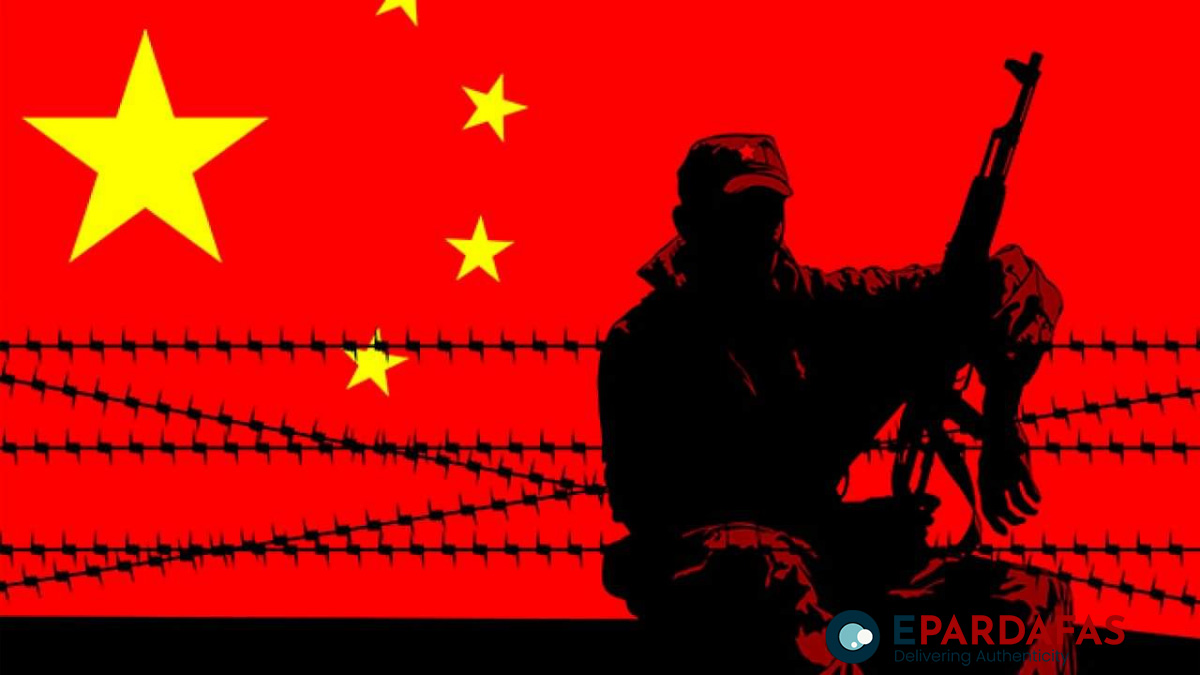
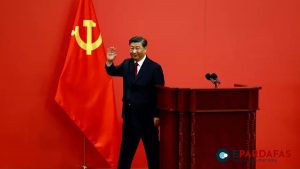
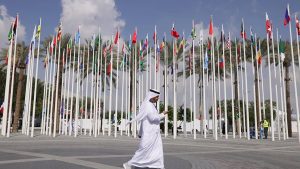

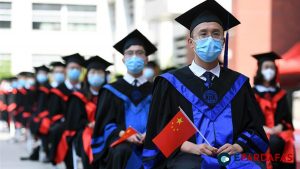
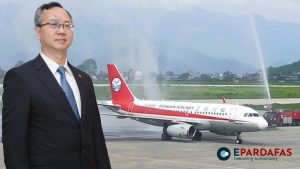
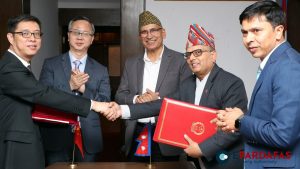




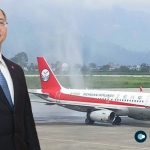

Comments